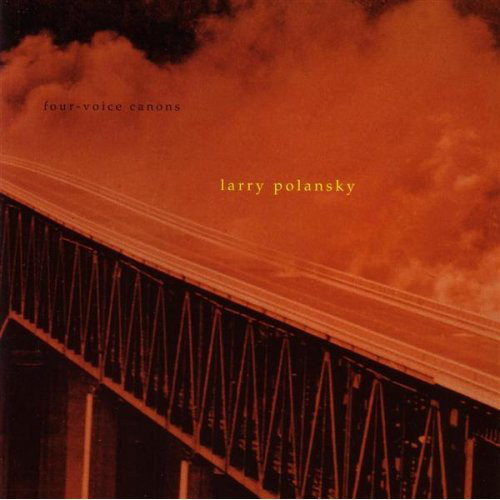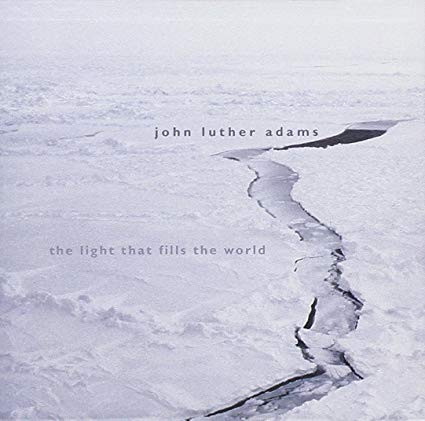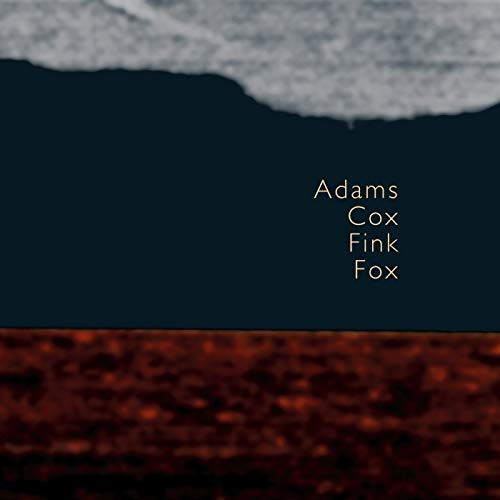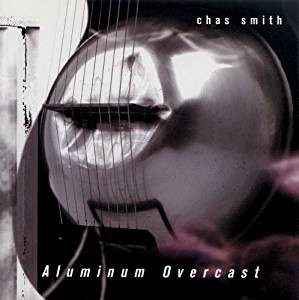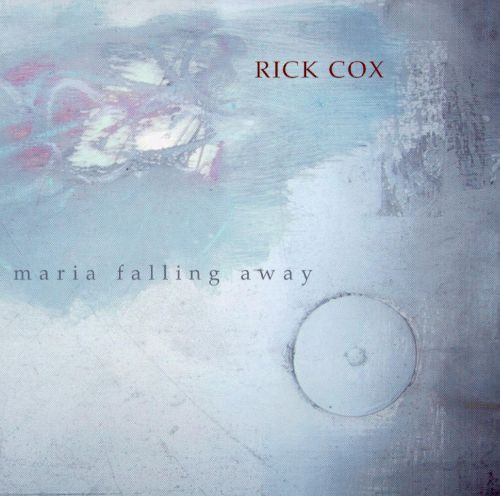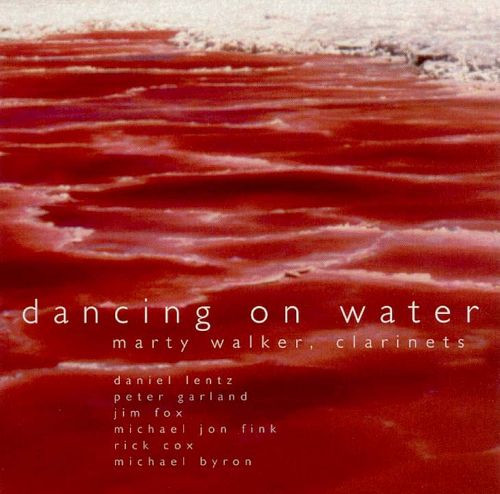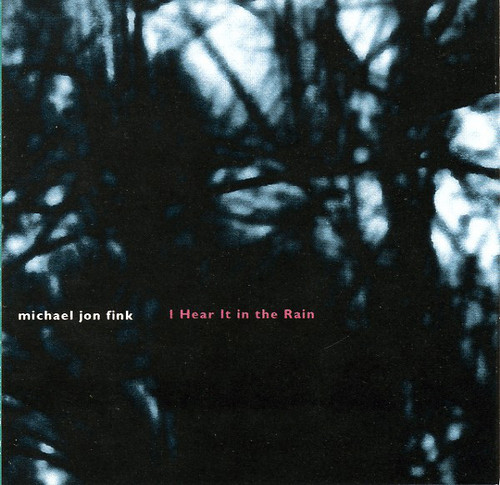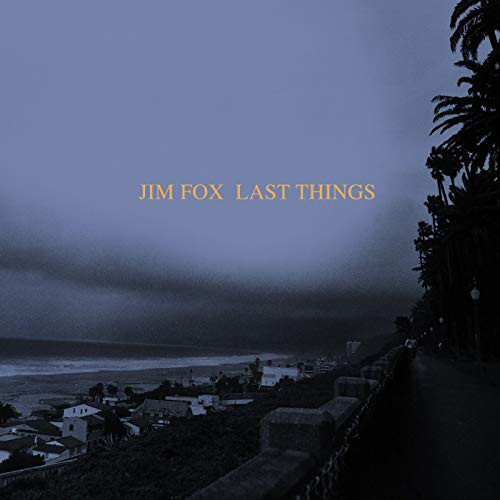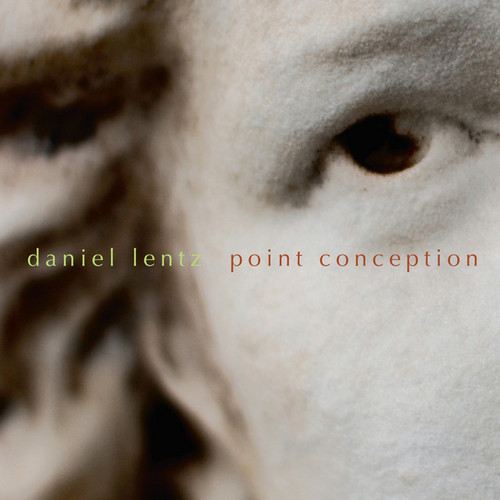★Cold Blue Music
An Hour Out Of Desert Center
Chas Smith's An Hour Out of Desert Center is scored for pedal steel guitars, composer-designed-and-built crotales and sound sculptures, zithers, and a 1948 Bigsby lap guitar (a one-of-a-kind instrument that was owned by famed steel player Joaquin Murphey, who played with Spade Cooley, Tex Williams, Sons of the Pioneer, and other classic country artists). Here, Smith’s musical texture, evolving slowly and continuously over the course of the piece, is without dramatic flourishes. Like the spare la…
Awakening At The Inn Of The Birds
Continents of City and Love and Tidal, written 20 years apart, are both arch-form pieces scored for two pianos, synthesizer, string quartet, and double bass. They both feature expanding piano lines that intersect and compliment individually expanding textures provided by the strings and synthesizer. Continents cycles slowly through four harmonic areas via a sort of structural counterpoint, achieving a finely knit fabric of understated sensuality. Tidal combines strictly notated music with measur…
Four Voice Canons
Over the past 25 years, Larry Polansky has been composing a series of fascinating mensuration canons (a formal concept dating back to the Renaissance) that run a sonic gamut from wildly boisterous (#6) to serenely introverted (#17, Guitar Canon). This disc brings together thirteen of these pieces (one of which is found here in three different realizations).In these canons, each successively entering voice moves proportionally faster than the previous one (i.e., each successive voice is to some d…
The Light That Fills The World
These three works exist amid an undeniable esthetic spirit of the times—the embracing of pre-compositional principles and structural processes in the service of a highly personal artistic statement. However, John Luther Adams’s recent work tends to transcend his compositional devices—it is simply potent, compelling music that is timeless in its sublimity. This is quietly expressive music in which process never intrudes on the music’s “sounding,” but churns away in the background, while the foreg…
Adams / Cox / Fink / Fox
This album presents four noted West Coast composers—three from Southern California and one from Fairbanks, Alaska—writing haunting, generally quiet, sometimes lyric, occasionally pensive music for clarinet and bass clarinet accompanied by either string quartet or percussion and piano. All the pieces feature the playing of clarinetist/bass clarinetist Marty Walker.John Luther Adams’s Dark Wind was written for Marty Walker and this CD in 2001. Although it is a process-driven piece involving polyrh…
Cold Blue
Back by popular demand (and available for the first time as a CD), this essential collection of West Coast new music—an anthology known simply as Cold Blue—is a classic. Originally issued on vinyl in 1984, shortly before the demise of the old Cold Blue label, the disc quickly became the company’s most popular release. When Cold Blue was started up again in 2000, the company received numerous letters encouraging it to re-release the anthology as a CD.Although bound together by a common concern wi…
Aluminum Overcast
Chas Smith's six-movement set of variations that comprise Aluminum Overcast play with the listener’s sense of time—the perceived pace and the clock pace at which musical events take place—as they slowly progress, the spare advancing to the dense.The first five sections/variations are built from shared/recurrent phrases—melodic phrases (for bowed and struck metal), rhythmic phrases derived from geometric and Fibonacci structures, and phrases of “harmonic noise” that vary in density. The sixth mov…
Maria Falling Away
This CD brings together six of Rick Cox’s elegantly sparse, dark, sensuous, vaguely desolate soundscapes in which emotions seem to bubble just below cool surfaces (tracing a history of his work from 1990 through 2001). Most of these pieces display Cox’s subtle, idiosyncratic electric guitar playing techniques, which sometimes employ preparations placed amid the strings (similar to those utilized in prepared piano works) and the use of such objects as sponges and brushes and glass lab slides to s…
Dancing On Water
All the music on this album, with the exception of Song(s) of the Sirens, was written specifically for remarkable clarinetist/bass clarinetist Marty Walker. As Is Thought/Aurora, a casually dramatic work for bass clarinet, harp, and vibraphone, is like a miniature concerto in its structure, contrasting solo bass clarinet phrases with tutti lines.Song(s) of the Sirens, a lush work for clarinet, piano, and woman’s voice, gradually and systematically builds in texture, harmonic richness, and melodi…
I Hear It In The Rain
Five Pieces for Piano (1997), Two Preludes for Piano (1996-97), and For Celesta (1985)—the latter for an instrument that is very seldom featured in a solo setting—display Michael Jon Fink’s command of crystalline forms that are Debussyian in beauty (and occasionally in gesture) yet hold a distinctly contemporary artistic distance from their musical materials. These fragile and primarily extremely quiet pieces are performed with great aplomb by Bryan Pezzone.Living to be Hunted by the Moon (1987)…
Nikkowolverine
Nikko Wolverine (1999) is a three-movement piece scored for various bowed and struck metal instruments in non-tempered tunings. These instruments, which were designed and built by the composer, emit tones that are rich in complex harmonics and often sound more electronic than acoustic. All three movements of this work share motivic materials, but each successive movement adds more harmonic complexity and textural density to the movement that preceded it.Tons Tons Macoutes (1999) is a texturally …
Last Things
Last Things, for bass clarinet, pedal steel guitar, piano, and electronic keyboards, was written for clarinetist Marty Walker in 1987, and has been subsequently performed (as a piece for bass clarinet and tape) by Walker at concerts across the U.S. Somewhat a rhapsodic call and response between bass clarinet and pedal steel guitar, it is constructed of seven connected sections (or songs) that over the length of the piece slowly build in intensity. As the piece progresses, each section expands in…
Point Conception
Point Conception is Daniel Lentz’s wild nine-piano tribute to the octave. It amasses and bubbles over with incessant streams of octaves (harmonic and melodic) that run the length of the keyboard. Through a “cascading echo system,” long-time Lentz Ensemble pianist Arlene Dunlap performs all of its parts.Presented with Point Conception (which was originally issued as a Cold Blue LP in the mid-80s) is Lentz’s previously unrecorded NightBreaker, a kaleidoscopic and explosive tour de force for four p…


